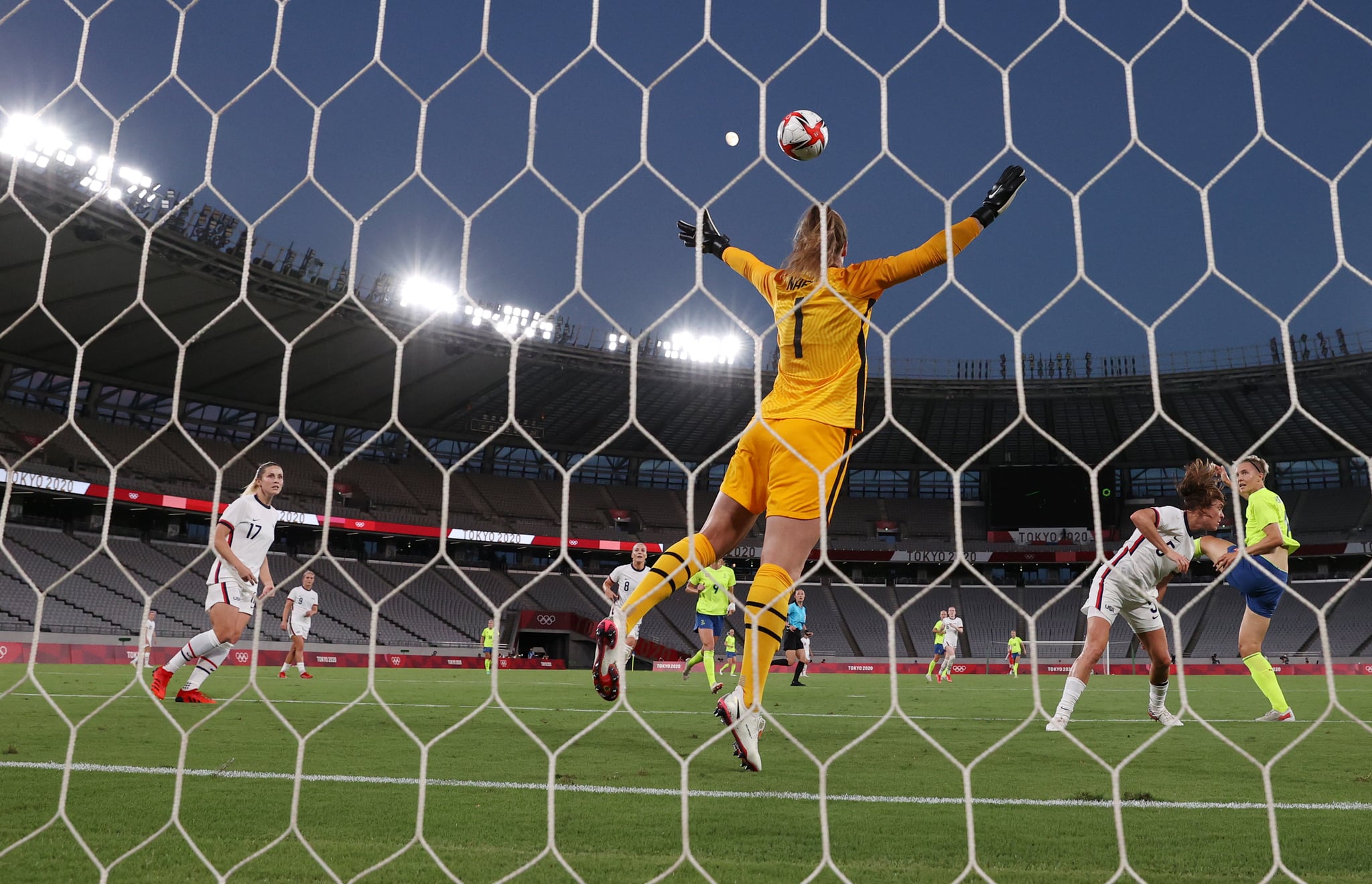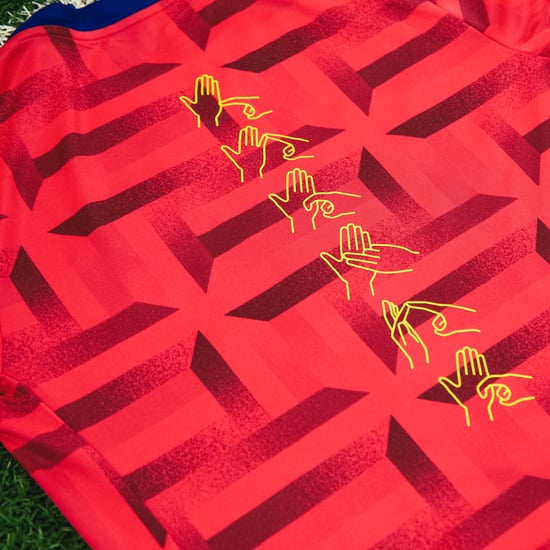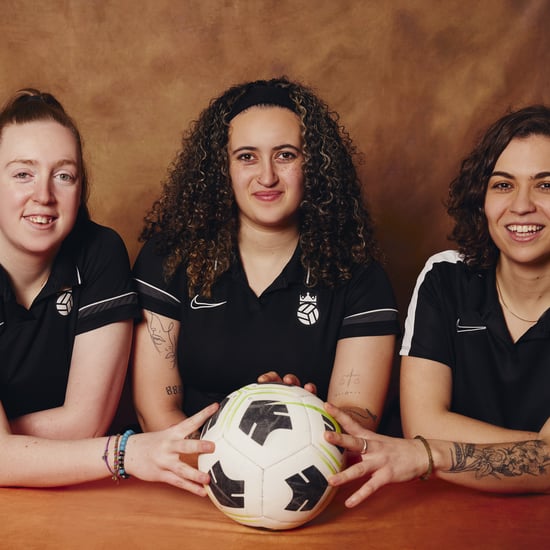How the Olympic Football Tournament Works
The USWNT Isn't Out Yet — Here's How They Could Still Medal Under the Olympic Format

The US Women's National Team (USWNT) didn't start off the Olympic football tournament the way they'd hoped, with a 3-0 loss to Sweden. While for the casual fan that might seem like the end of the road for the reigning World Cup champs, that's far from the case. Rather than single eliminations, the Olympic football tournament starts with a few days of round robin-style play that ultimately determines whether a team will move forward to the knockout rounds. Here's what you need to know about the tournament's format and how the USWNT can keep their gold medal hopes alive.
How Does Olympic Football Work?
The first round is called the group stage, and it consists of a few days of round robin play. For the women's tournament, the teams are sorted into three groups of four teams each. (The men's tournament has four groups instead of three.) Over the course of the group stage, all the teams in a given group will play all the other teams in their group. At the end of the group stage, the top two teams in each group, plus the two highest-ranked third-place teams overall, will advance to the knockout stage, where, as the name suggests, one loss can knock a team out of the tournament.
It's not just wins and losses that matter in the group stage, however. According to the official FIFA rules for the Olympic football tournament, points are assigned to teams throughout the group stage, and the point total is what ultimately determines the ranking and who moves on. To start, three points are awarded for a win, one for a draw, and none for a loss. If that's not sufficient to clearly rank the teams and determine which two teams from a group move on, then the following criteria are applied as tiebreakers, in this order, until the tie is broken:
- Largest goal differential in all group matches
- Greatest number of goals scored in all group matches
- Greatest number of points obtained in the matches played between the teams concerned
- Largest goal differential in the matches played between the teams concerned
- Greatest number of goals scored in the matches played between the teams concerned
- Highest team conduct score in all group matches (points are deducted for yellow and red cards)
Only the first two criteria — and then finally, fair play points — are used to break a tie between the highest ranking third-place teams, who haven't yet faced each other in the tournament. From there, all qualified teams move on to the quarterfinals, where they face single elimination. Four teams advance to the semifinals, the results of which determine which two teams will face off in the gold medal match and which will compete for bronze.
For this reason, it's important not just for teams to win in the group stage, but also for the winning teams to maintain as wide of a scoring margin as possible (and for losing teams to do the opposite). That's why the USWNT's 3-0 loss to Sweden in their first match was definitely not what they were hoping for: a loss with a relatively large scoring gap. It's still possible for them to bounce back, especially if they can pull off solid wins against New Zealand (on July 24) and Australia (on July 27). We'll be rooting for them!






